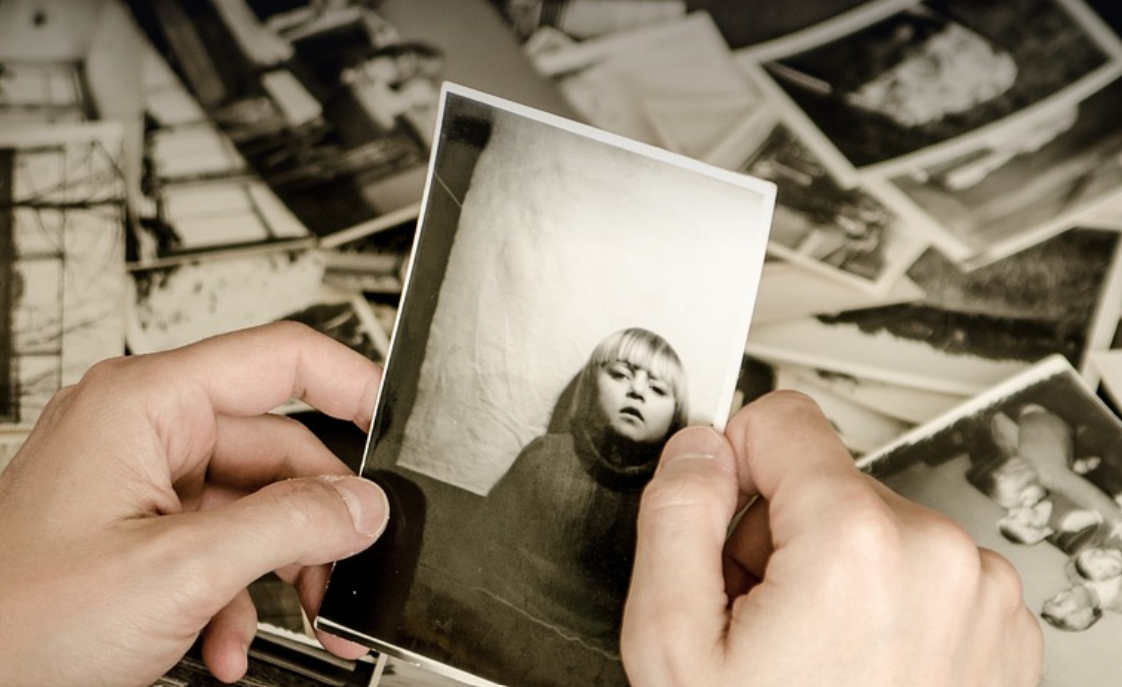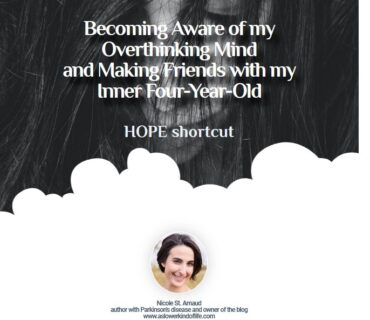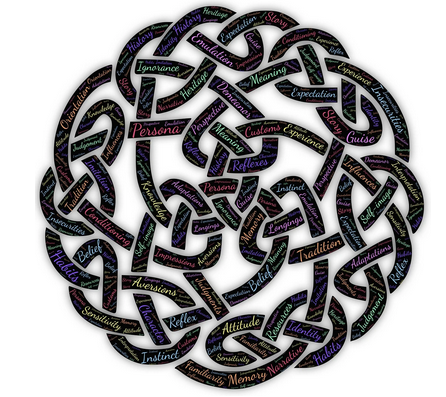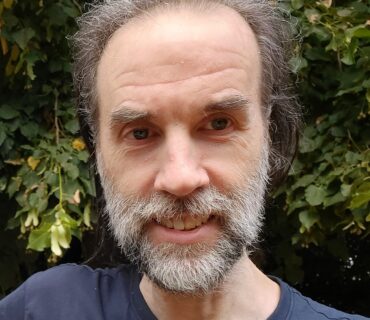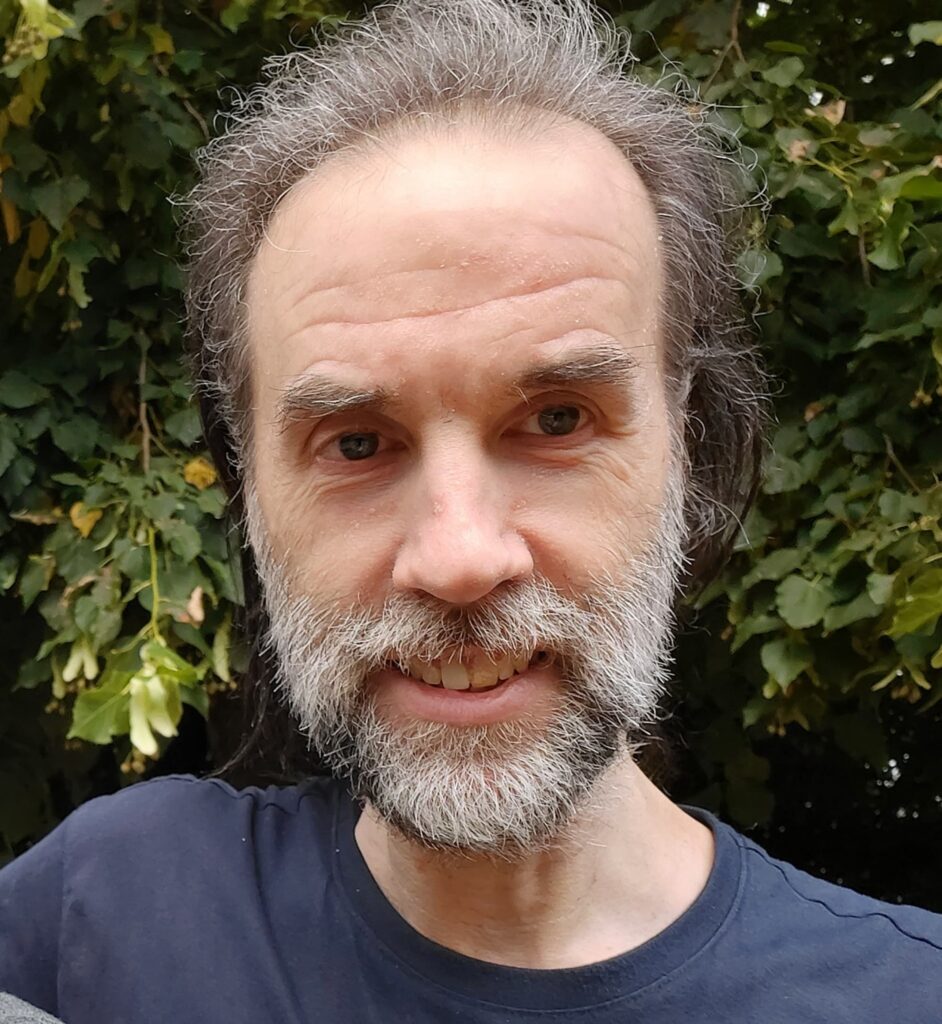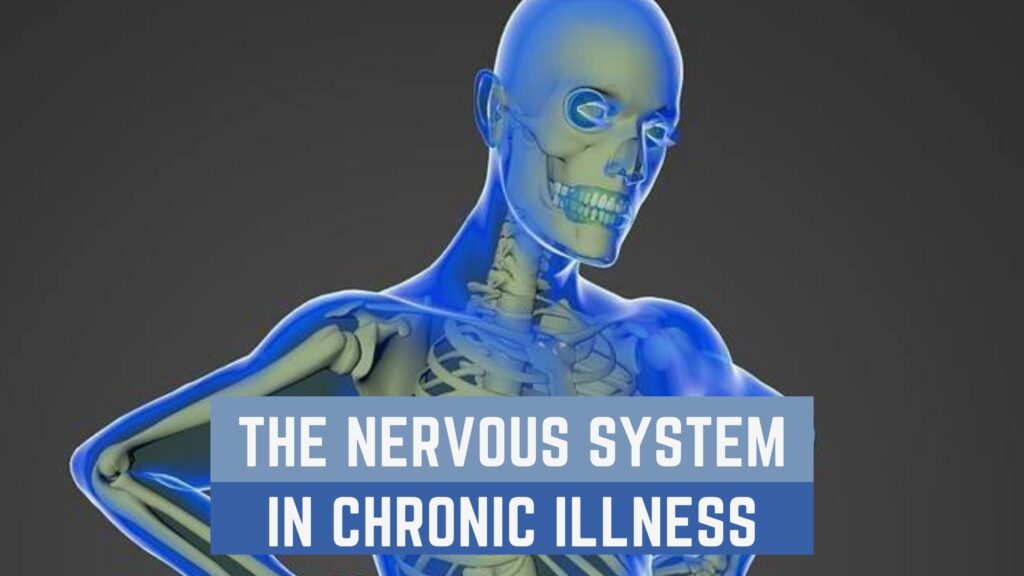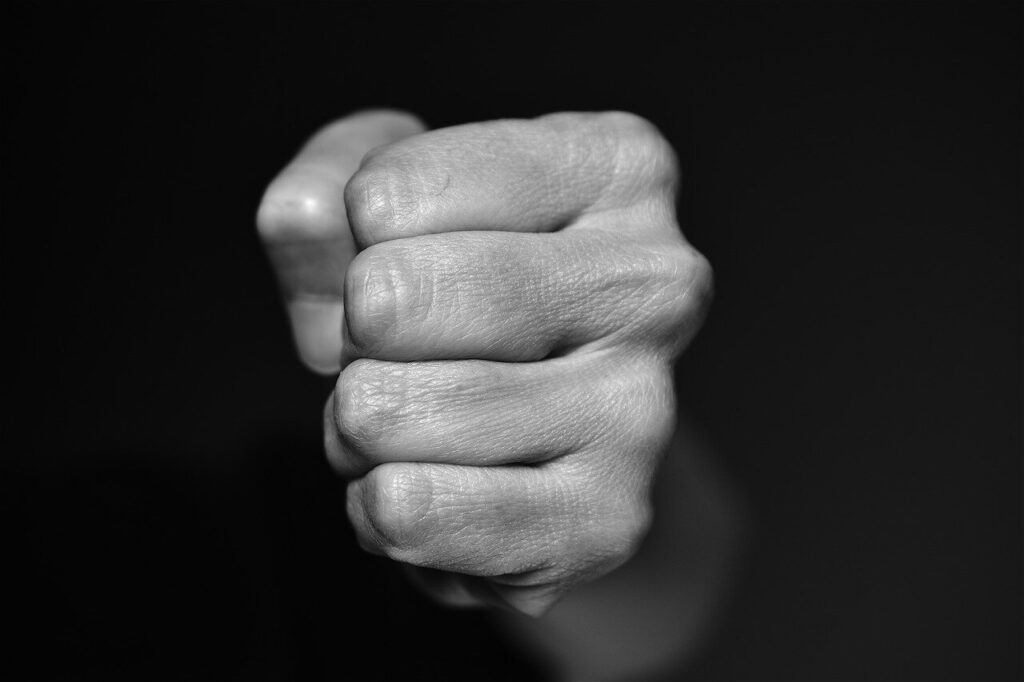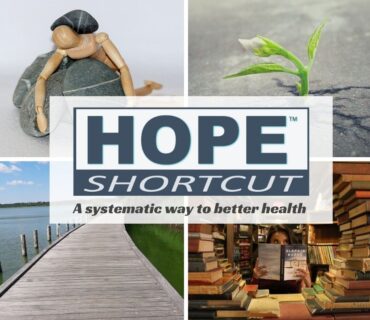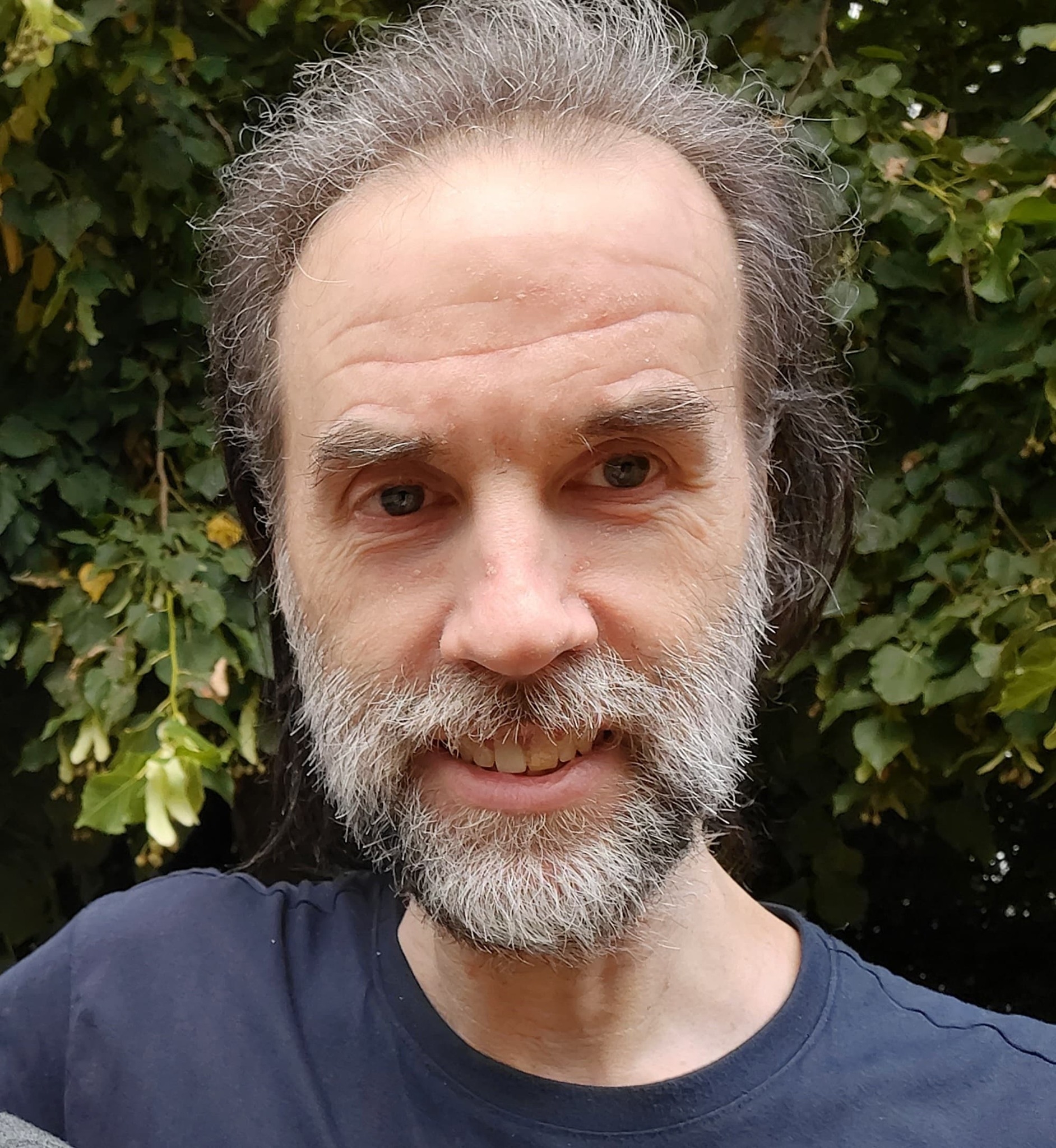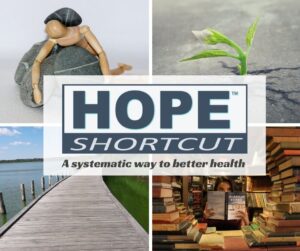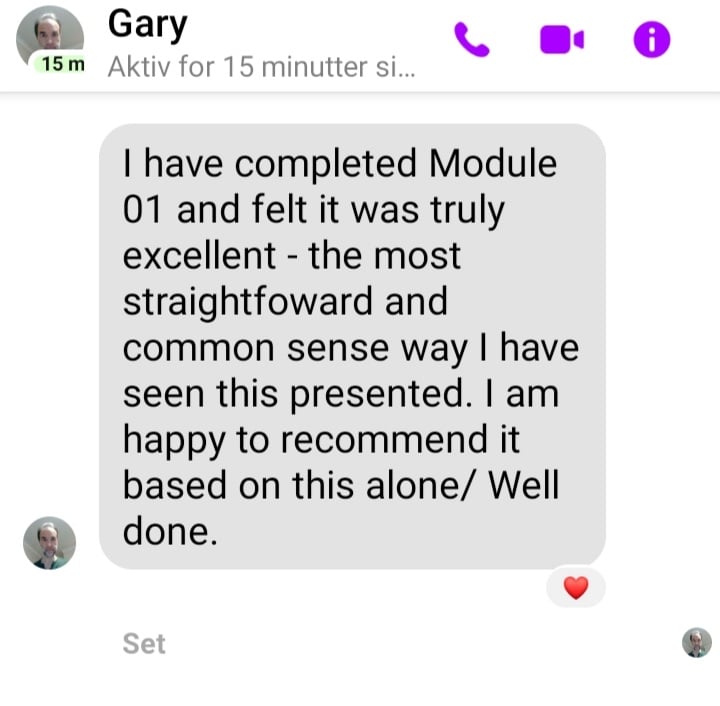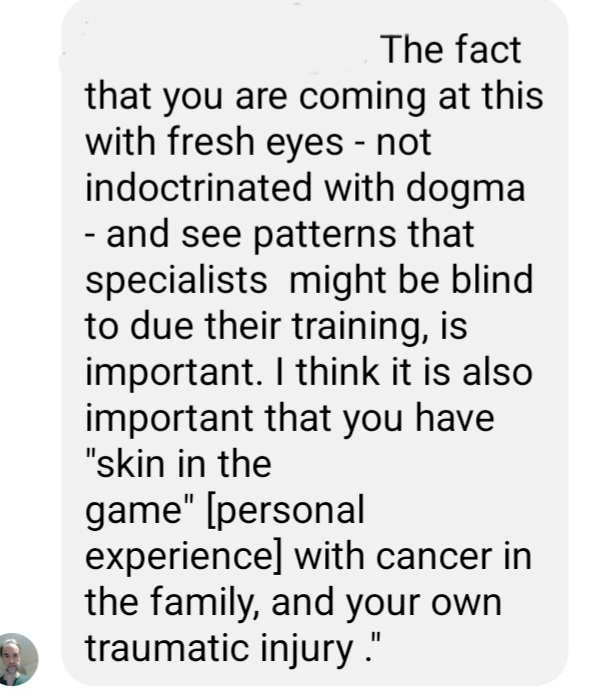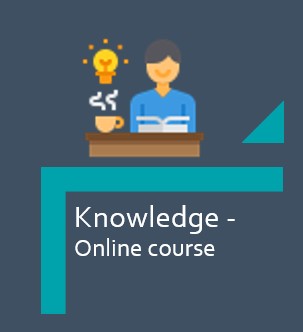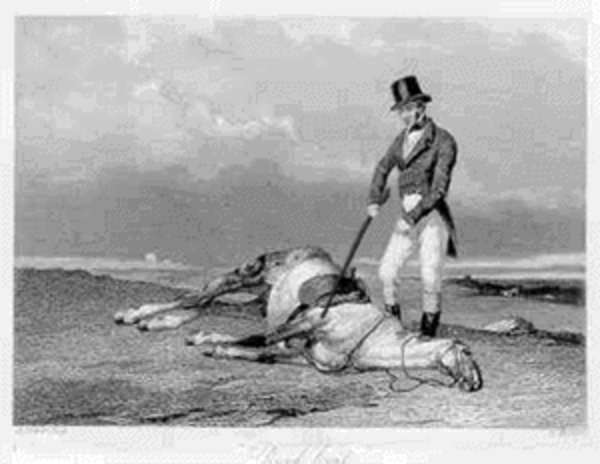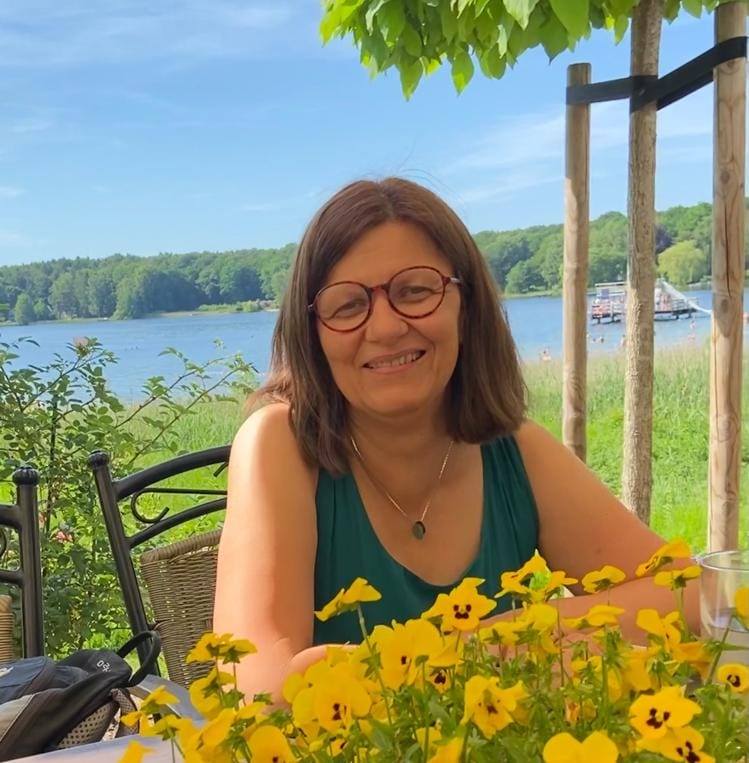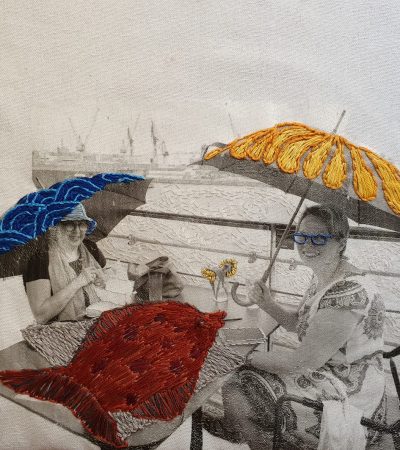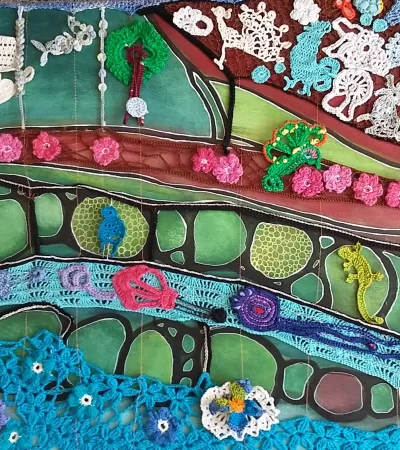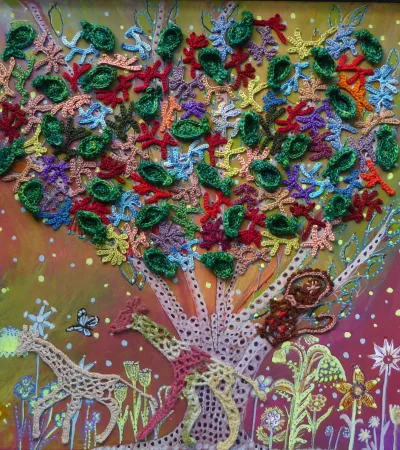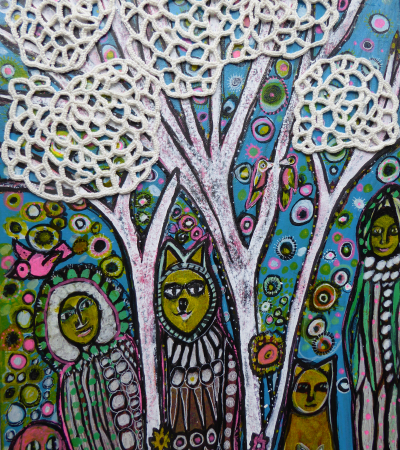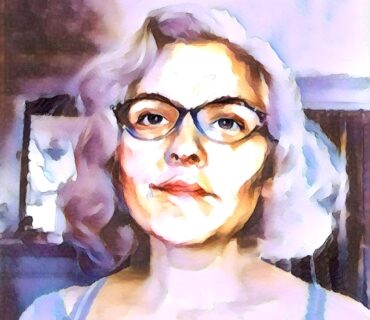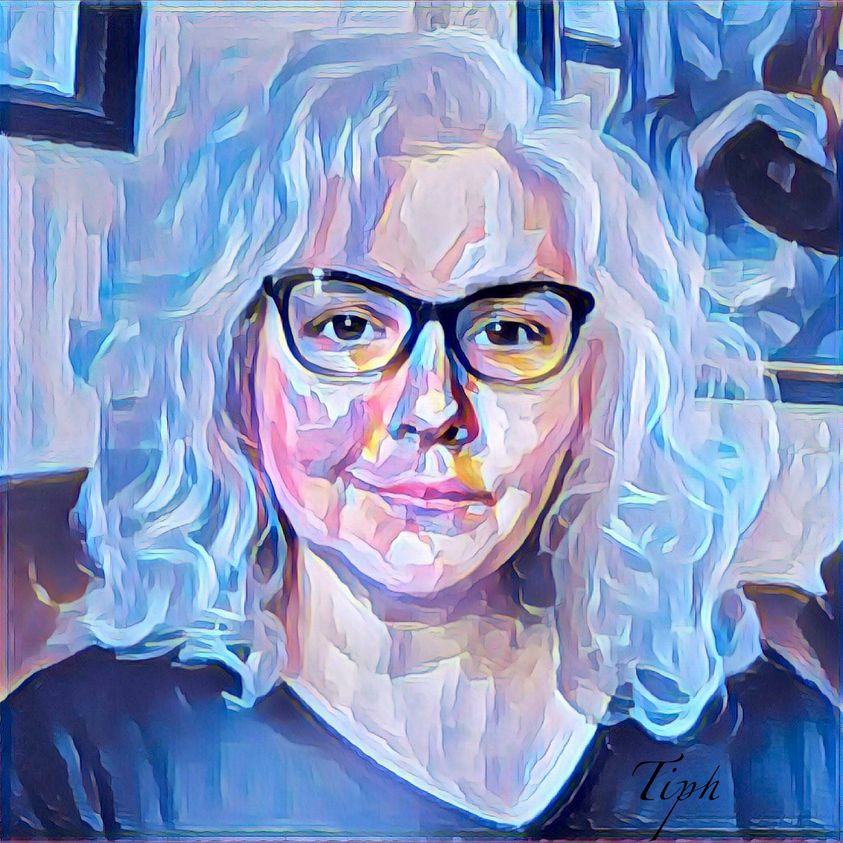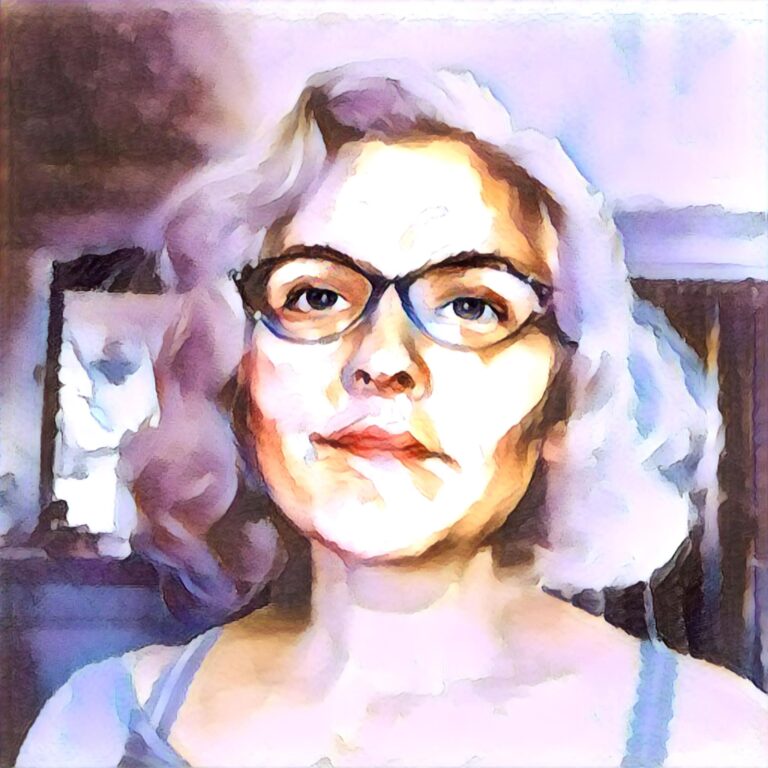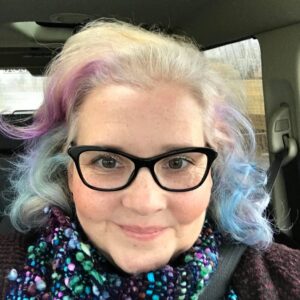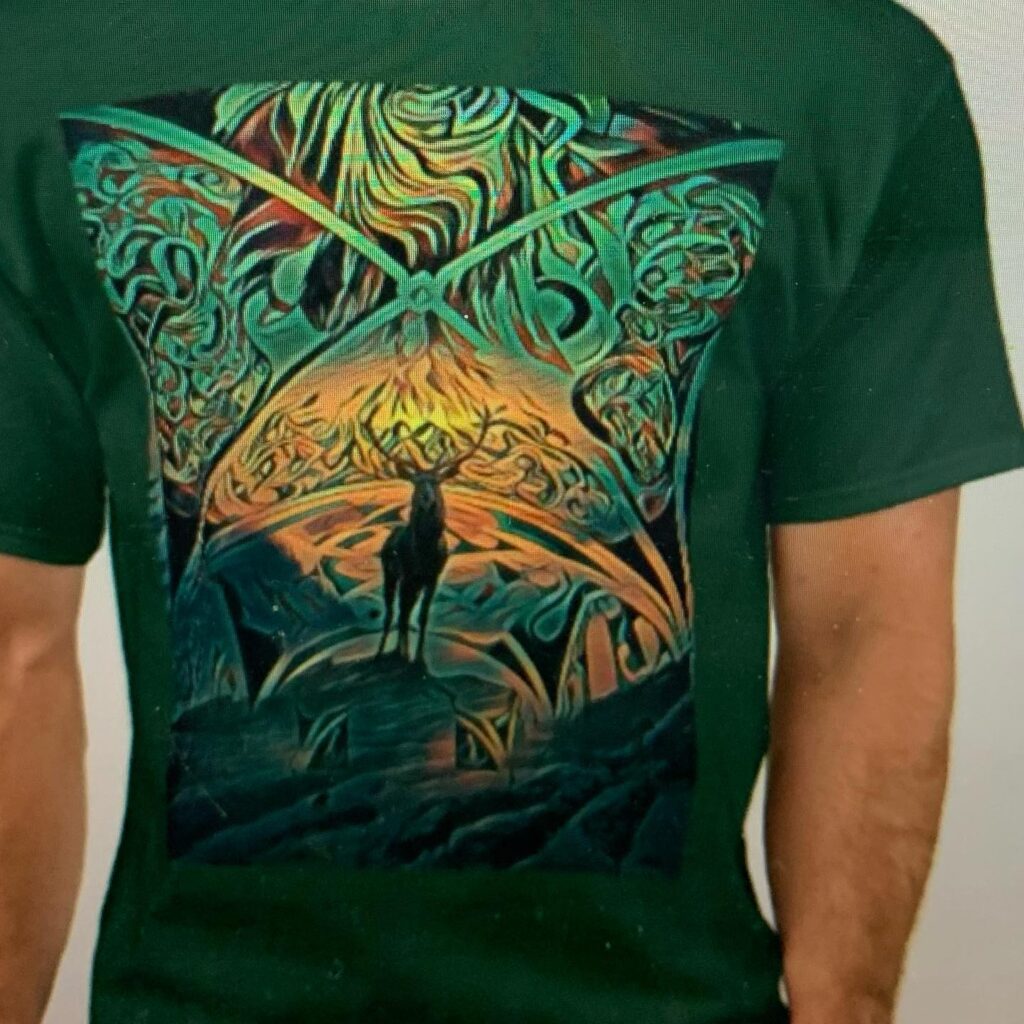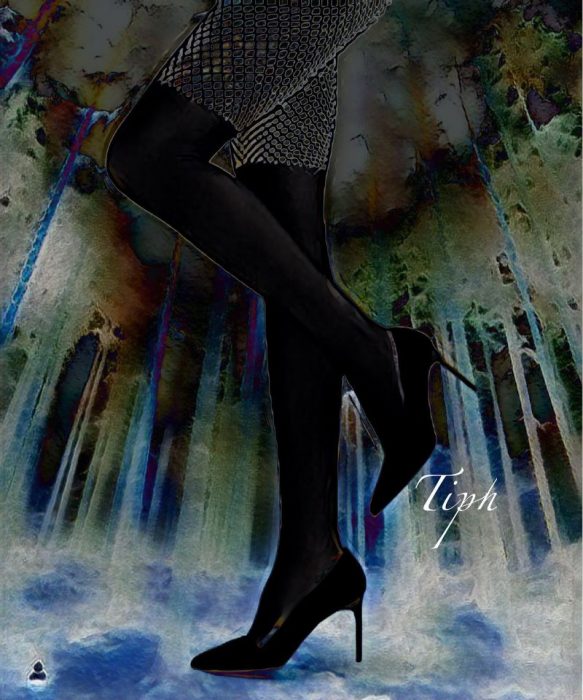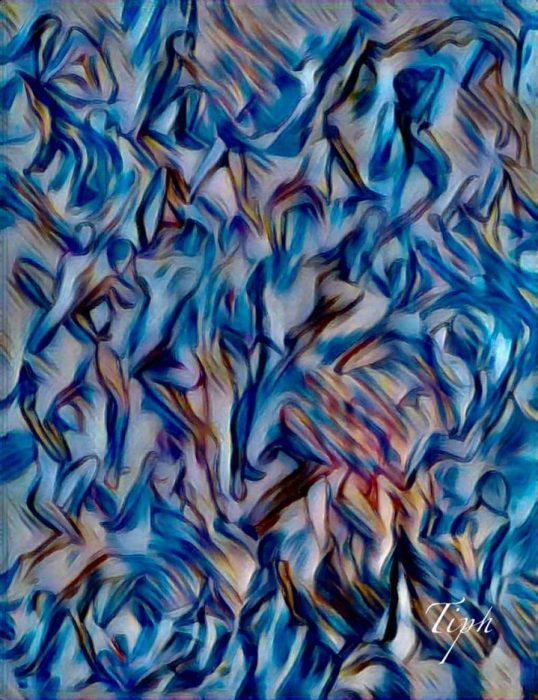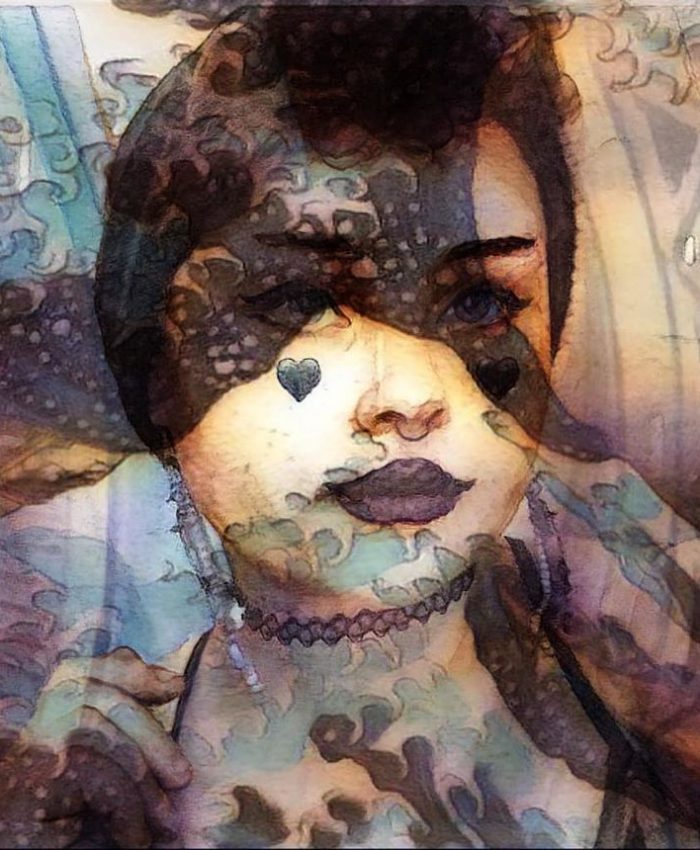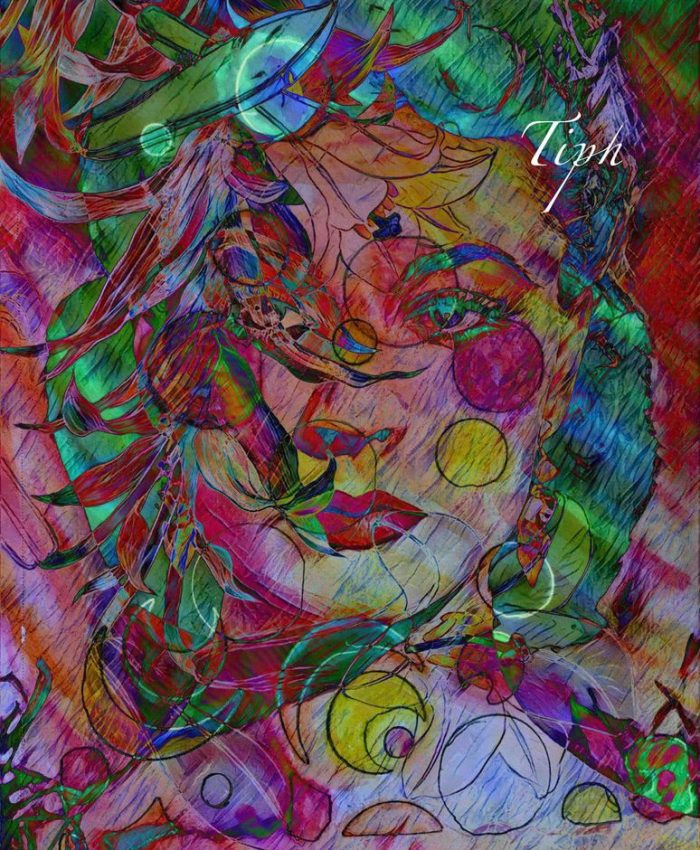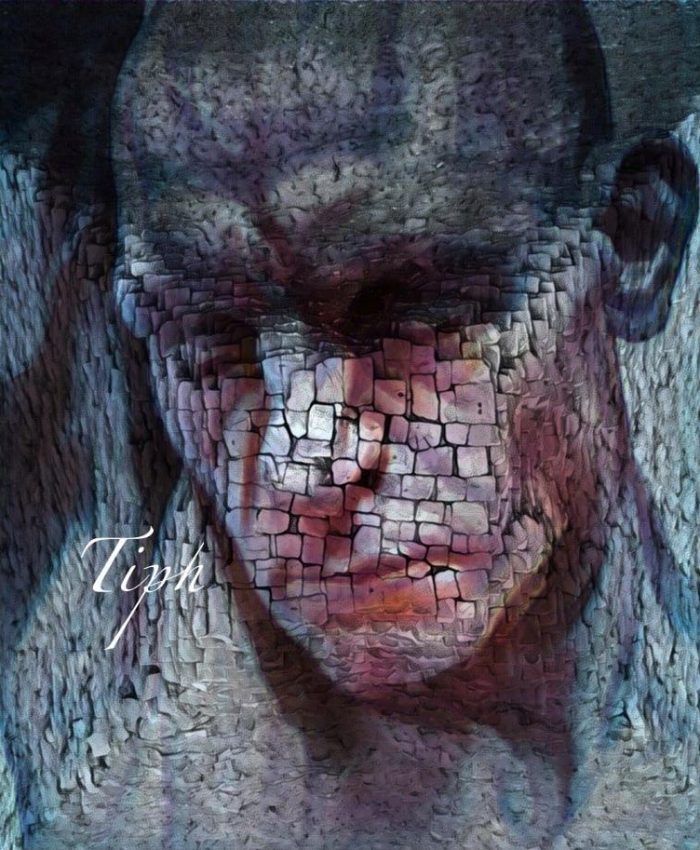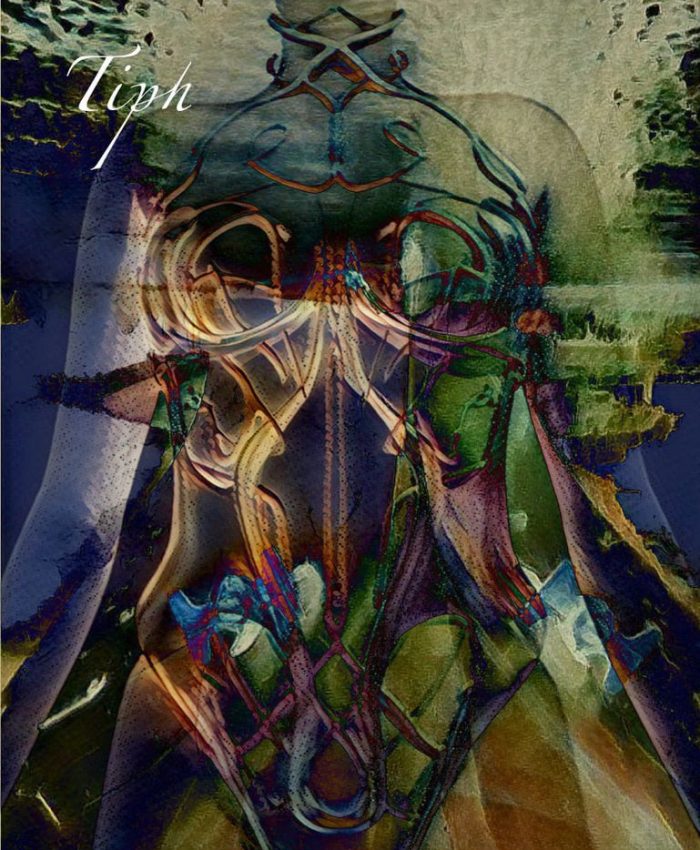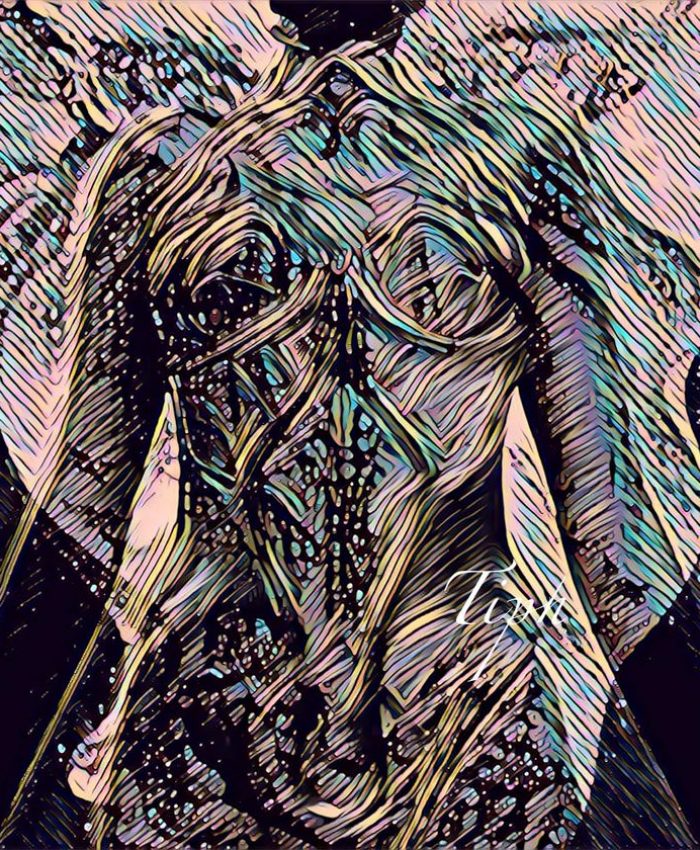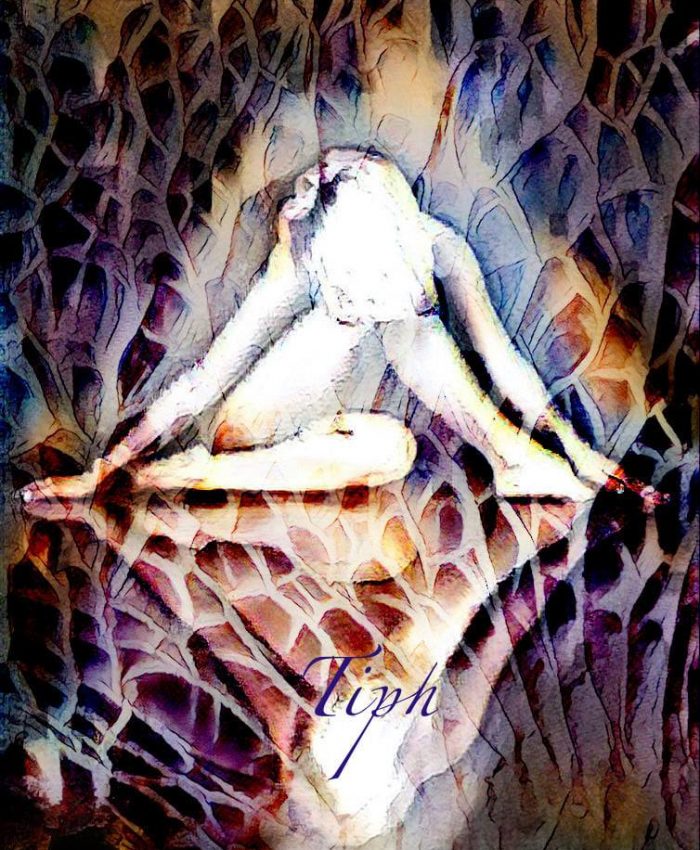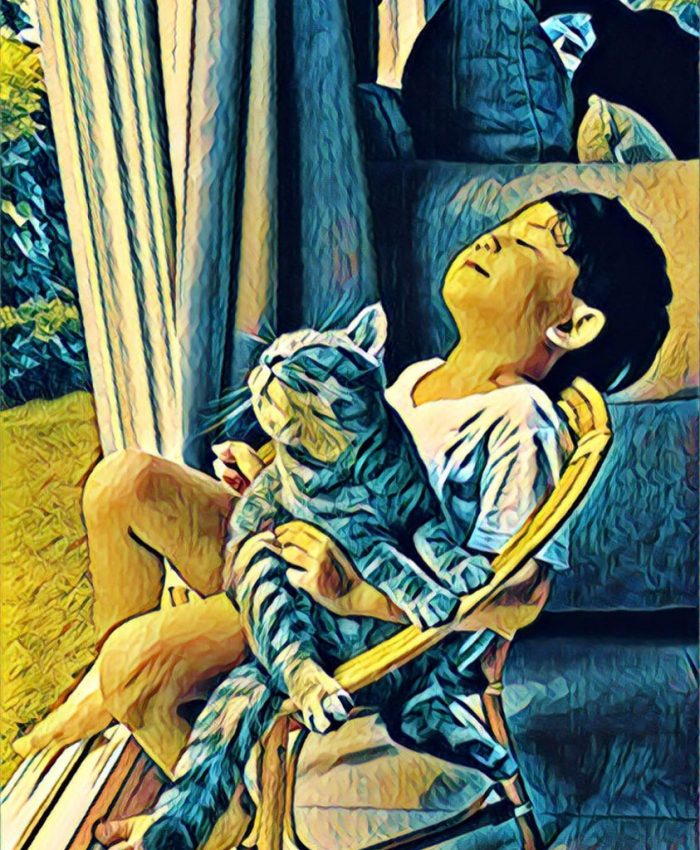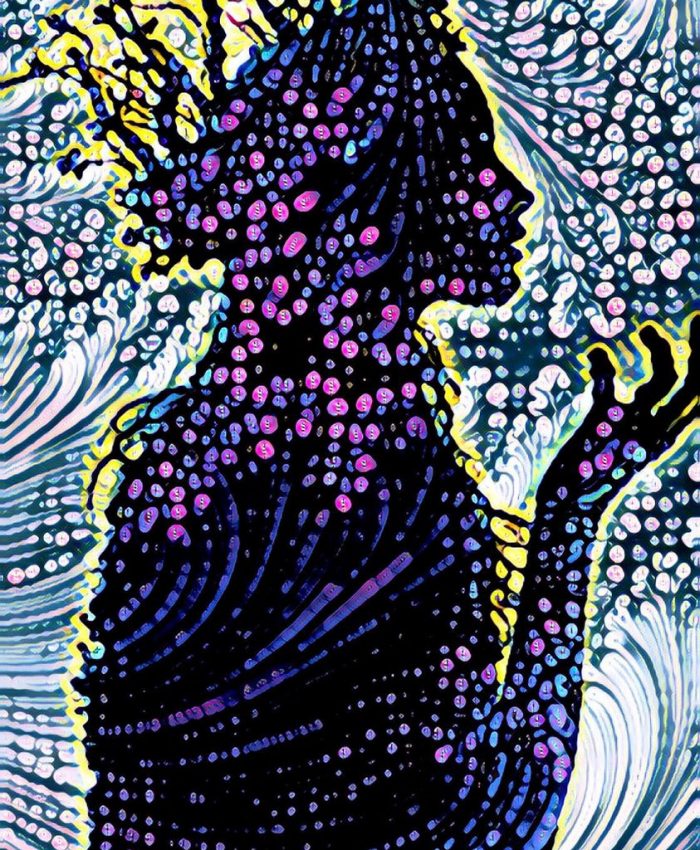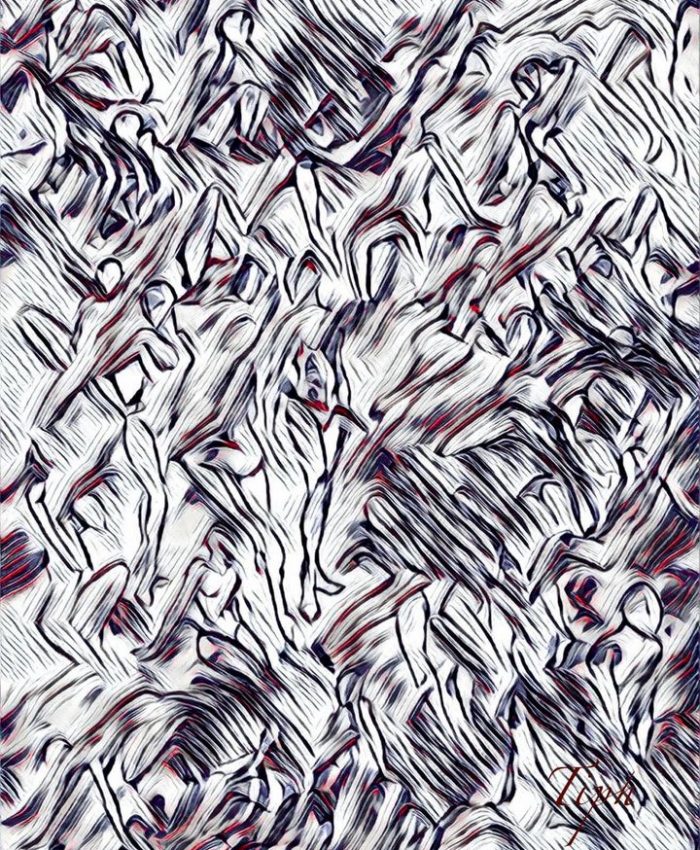Enlightening interview with the brilliant researcher and
mind-body connection expert,
Lilian Sjøberg
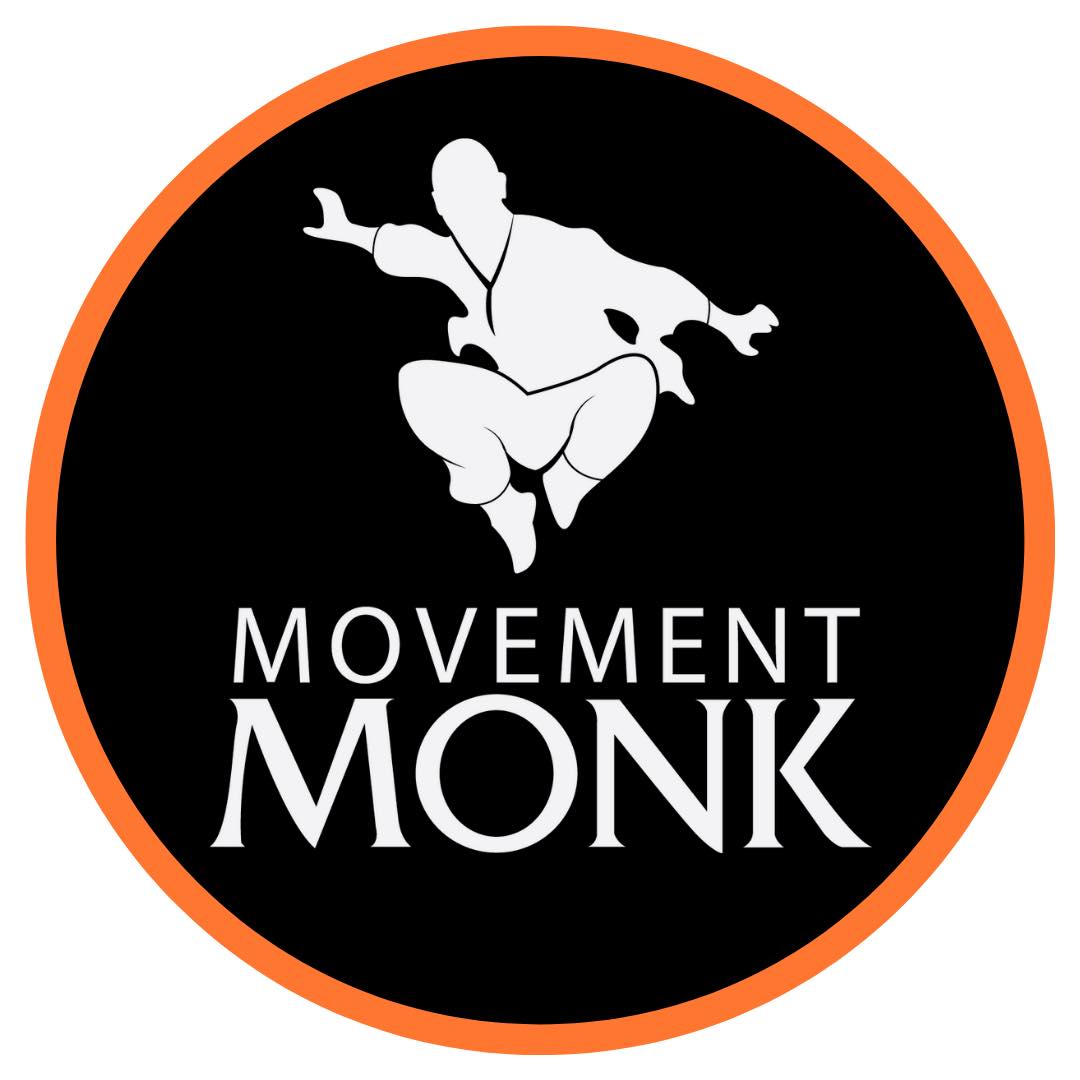
I had the pleasure of sharing an enlightening interview with the brilliant researcher and mind-body connection expert, Lilian Sjøberg. Prepare to dive deep into her groundbreaking findings that have the potential to revolutionize how we approach and heal conditions like PTSD, Parkinson’s, trauma, chronic tension, and pain. Get ready for a mind-blowing journey that could change your life.
About Lilian and Mind-Body Therapy
Lilian Sjøberg is an expert in mind-body connection therapy, has dedicated her career to exploring the intricate relationship between the mind and body. Through her extensive research and practice, she has discovered that by nurturing this connection, individuals can achieve remarkable healing outcomes. Lilian’s insights have the potential to revolutionize how we approach and treat conditions that have long been considered difficult to address..
Lessons Learned
During our conversation, Lilian shares a treasure trove of lessons that will leave you pondering the true potential of mind-body connection therapy.
Here’s a sneak peek at some of the mind-bending insights you can expect:
- Observing Healing in the Present Moment: Discover how cultivating awareness and mindfulness can tap into your body’s innate ability to heal itself.
- Bridging the Mind-Body Gap to Heal Chronic Disease:
Lilian exposes the hidden emotional and psychological factors that
underpin chronic conditions, revealing the keys to lasting healing and
well-being. - Links between Stress, PTSD, and Parkinson’s Disease:
Prepare to have your assumptions shattered as Lilian unveils the
surprising connections between stress, trauma, and the development of
Parkinson’s disease. It’s time to rewrite the rules. - Defragging Stress to Regulate the Nervous System:
Master techniques for defragmenting stress and taking control of your
nervous system, a crucial step towards unlocking peak performance and
vitality. - Body Memories and Trauma’s Links to Physical & Mental Disease:
Brace yourself for a mind-blowing exploration of how trauma can
manifest as both physical and mental ailments. Lilian shows us how
mind-body connection therapy holds the key to unlocking profound healing
potential.
Conclusion
That wraps up this mind-blowing conversation with the remarkable Lilian Sjøberg. We’ve ventured into uncharted territory, redefining our understanding of mind-body connection therapy and its potential to heal conditions that were once deemed untreatable. It’s time to unleash your own healing power and rewrite the rules of what’s possible.
(Below you see a list of content in this hour long video)
Body memmories
4 minutets from the above long video.
What are traumatic body-memories? Can childhood trauma be affecting your body today? And how can we get back into a parasympathetic nervous system state, so the body can heal? In this interview with Lilian Sjøberg we explore her research and findings of improving conditions like PTSD, Parkinsons, Trauma, Chronic tension and pain through mind-body connection therapy.
Fight flight freeze
4 minutets from the above long video.
What happens when the nervous system is stuck and triggered into a state of fight, flight and freeze? And how can we get back into a parasympathetic nervous system state, so the body can heal? In this interview with Lilian Sjøberg we explore her research and findings of improving conditions like PTSD, Parkinsons, Trauma, Chronic tension and pain through mind-body connection therapy.

